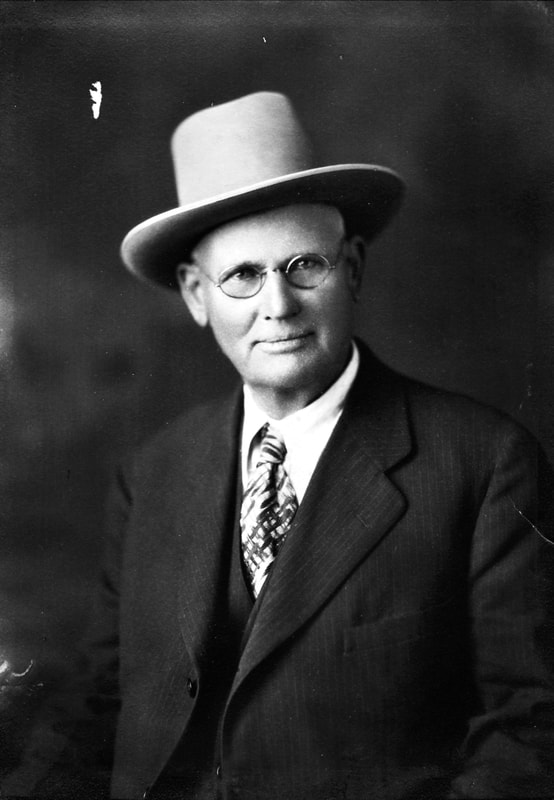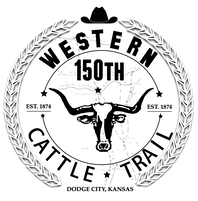From there, they drove to the Pecos River and followed its course to Horse Head Crossing. After crossing the Pecos, they followed its west side to the North Spring River in New Mexico and gradually swung toward the Raton Pass, crossing the mountains and driving north to the Arkansas River. They held the herd for three months in the Garden City territory and then worked down the Arkansas to where Ingalls is now located.
"That was before the railroad reached Dodge City, although much of the railroad grade was partly completed to the west line of Kansas. Large crews were working on the grade, and a ready market was found for the cattle. "When they reached what is now Ingalls, Kansas, they found a large corral still standing on the river flats just east of where the present Ingall's bridge now crosses. There were also the remains of Soddies and Dugouts as well as the remains of a few Dobies on the river bottom just north of the corral, for there was the regular campground of the old Santa Fe Trail, which crossed the Arkansas River at what was known as `The Cimarron Crossing' of Arkansas. Doc says the crossing was just west of the north end of the present bridge, although the crossing was not used then and had not been for some time because of the Indians to the south and west. The regular trail went up the Arkansas River, and the Cimarron Crossing was not again regularly used.
0 Comments
Leave a Reply. |
Author"THE MISSION OF THE WESTERN CATTLE TRAIL ASSOCIATION IS TO PROTECT AND PRESERVE THE WESTERN CATTLE TRAIL AND TO ACCURATELY PROMOTE AWARENESS OF IT'S HISTORICAL LEGACY." Archives
July 2024
Categories |



 RSS Feed
RSS Feed

